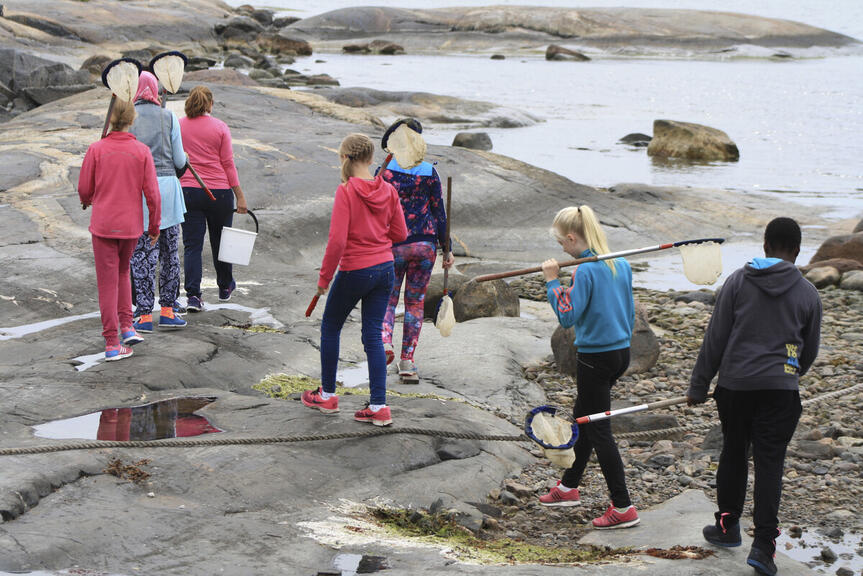Education in Helsinki – tips for newcomers
Education in Helsinki – tips for newcomersPublic education is free for all permanent residents.
Find upcoming events at the Events.hel.fi website.
Find municipal decisions in the Decision-making section.
Public education is free for all permanent residents.

Finland believes strongly in high-quality education from a young age. The country has been ranked highly in many international student assessments.
Age 0-5, Early childhood education (varhaiskasvatus)
Age 6, Pre-primary education (esiopetus)
Age 7-12, Primary school (alakoulu, ala-aste)
Age 13-15, Lower secondary school (yläkoulu or yläaste)
Age 16-19, Upper secondary education (lukio or amis)
Age 19- , Higher education (yliopisto or ammattikorkeakoulu)
International House Helsinki: Newcomer information sessions(Link leads to external service)
Assisting people to settle into their new life in the capital area.
InfoFinland: Family in Helsinki(Link leads to external service)
A treasure trove of information about Finland in 12 languages.
MyHelsinki: Helsinki for kids(Link leads to external service)
Ideas for things to do in your new home.
Find more helpful tips for newcomers on the rest of our Welcome Helsinki pages.
Enabling cookies that collect statistics will allow you to share your input.